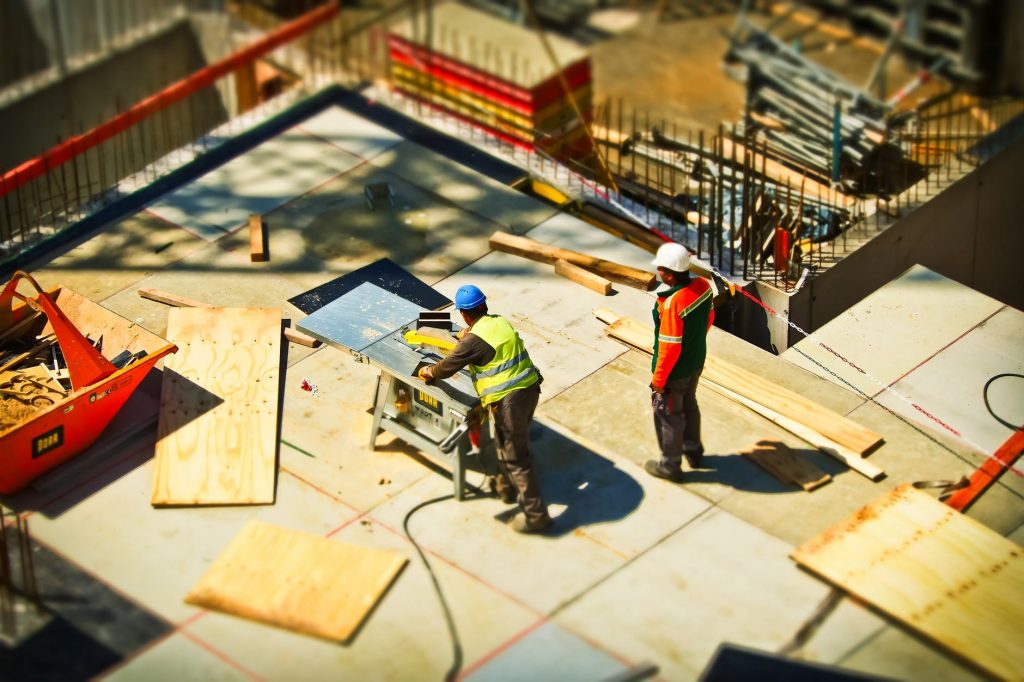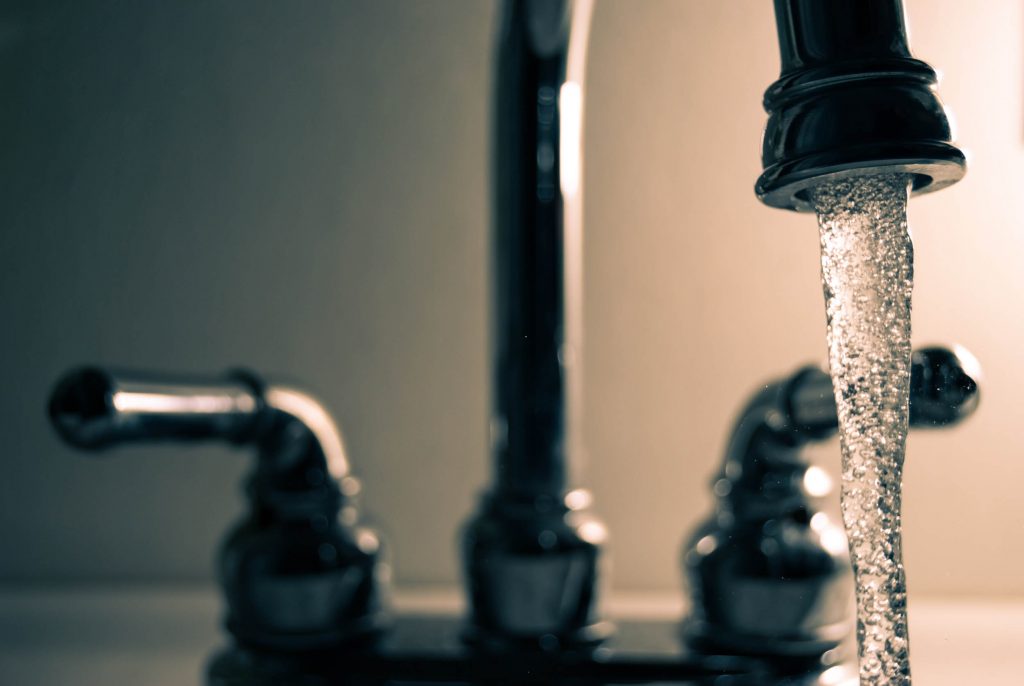Repairs and replacement of plumbing equipment might go wrong when they are handled by amateur plumbers or DIY enthusiasts. It could lead to loss of materials, money, and even frustration. In extreme conditions, there can be disruptions of water flow when plumbing projects are executed wrongly. Anyone might claim to be a plumbing professional, but hiring certified plumbers save both time and money. Here are a few reasons why you should hire certified plumbing professionals.
Using Improper Tools for Plumbing Projects
Homeowners can save themselves from the embarrassments of frequent leakages when plumbers use specialised tools. The use of wrong tools for the installation of plumbing fixtures might trigger constant repair issues. Extreme conditions of water leaks from the drain and waste pipes can be affected by wrong installation procedures. Sometimes this does not only affect the plumbing itself, but also other components they are attached to, such as poly rainwater tanks, in which case, the damage could be bigger than expected. Usually, sections of damaged pipes that have been sealed can fail where there’s a high temperature in the summer. After repiping the failed sections, a simple application of heat-resistant epoxy sealants might be what the plumber needs to prevent leaks from wastewater pipes.
When DIY Plumbing Enthusiasts Act Like Professional Plumbers
Sometimes, amateurs and DIY enthusiasts create horror stories when they lack the experience to handle plumbing installations. Anyone that lacks the right expertise can’t guarantee the highest standard of plumbing quality. Apart from ruining the plumbing task, some avid homeowners that are DIY enthusiasts might spend more on the project. Instead of trying to fix the blocked toilet themselves by watching online video tutorials, get a certified plumber and relax. Usually, walkthrough videos or installation manuals only show the basic process of installation. Without knowing that you might need extra connections and fittings, trying to fix it yourself might be counter-productive.
Blocked Toilet Pipes
Apart from contaminating the air quality around your living space, plumbing issues with toilet drains might lead to inconvenience. When you have clogged drains and blocked toilet pipes, the plunger might fail to save the day. The last thing on your mind is to compound the problem by accumulating waste inside the pipe. When a sewer snake also fails to free the pipe, the only option would be to hire a professional plumber.
Pipes for Water Filtration Tanks
The disadvantages of using water with hard ions are very many. Apart from causing skin blemishes, calcium and magnesium ions in water are corrosive to pipes. Plumbing fixtures like showerheads, faucets, and wall tiles are not spared from the negative impacts of hard water. Generally, hard water ions cause limescale accumulation inside showerheads. However, installing a water softening system might not solve the problem of hard water completely.
Instead, ask your plumbing construction contractors to run copper/PEX pipes from the main supply point to your kitchens and bathroom taps. Apart from being flexible, copper pipes are resistant to chlorine contamination and corrosion. These pipes might be expensive but are ideal for supplying potable water.

Restoring Plumbing Fixtures after a Flood
Ignoring a leaky faucet might lead to high water bill if you are lucky, but the greater damage that comes from burst pipes or leaky faucets is flooding. My heart skips each time I try to turn on a stuck faucet. The sight of uncontrollable water leaks might cause a panic. Usually, a broken tap head might cause water a major flood at home. Unlike a fire outbreak, flooding might linger without attracting the attention of your neighbours.
Usually, such extreme cases of flooding come to the main 1/2 or 1/4-inch supply line. Apart from cleaning your home after a flood, the water damage might lead to loss of property and money. After evaluating the cause of flooding, you might need to invest in a comprehensive repiping project.
Other Defects
It is not unusual to see the improper intermixing of pipe systems, usage of thread sealants, cleaning chemicals and insecticides leading to failures and leakage of plastic piping systems.
Other common plumbing failures include a bad mixture of piping systems, the use of thread-based sealants, cleaning chemicals or pesticides. Said chemicals, in particular, are especially threatening due to their ability to melt the thickest plastic like those used for water tanks — plumbing pipes included. Generally, plastic strain piping ought to be protected from exposure to chemicals, such as oil-based paints, insecticides, and thread sealants not specially manufactured for plastic pipe along with any type of grease. In some cases, exposure to other strong materials can be quite harmful as well, such as other plastics like the plastic coatings on electric and communication cables. The easy action of draping electric wiring over plastic pressure pipe may eventually lead to fracture and leakage.
Metallic piping systems have their own distinct concerns. In aluminium piping systems, the use of undersized pipe or excessive flow rates, such as in hot water recirculation systems, may result in excess water velocities and collapse by means of a procedure known as erosion-corrosion. Intermixing aluminium and iron-based components without dielectric separation may lead to accelerated corrosion of these iron-based components like water heater tanks. Certain metal alloys are very vulnerable to corrosion or cracking. Sometimes metal alloy fittings have fractured after just a few months of support because of these reasons.
The other area of concern is in the fittings and other devices used to link with a building’s plumbing system to the appliances and fittings that utilize or distribute the supplied water. The selection, installation and care of these devices (which are actually quite popular in civil engineering sectors), for example, water connector tubes, hoses, quick-connect couplings, stop valves, etc. are important to maximize the life and durability of the unit. It’s important for the installer to understand the appropriate approach to operate and install these devices, including identifying the size and threading of the needed fittings or adaptors. Failures due to overtightening, damage from improper instrument use, mismatched thread or pipe dimensions or improper use of thread sealant are frequently seen.
Product defects from the piping and/or fittings are seen in piping systems of different material types. Moulding and resin flaws in plastic pipe and fittings, improper metal selection in metallic fittings and pipes in addition to fitting design defects have led to some plumbing system failures and the causes of major repair projects such as pipe relining. The interaction of the piping system substances inside the planned application, like the local water source and external environment, can all play a part in a collapse that may need to be considered throughout the analysis. Failures due to design and material defects and incompatibility with the planned service environment can take years to manifest.

